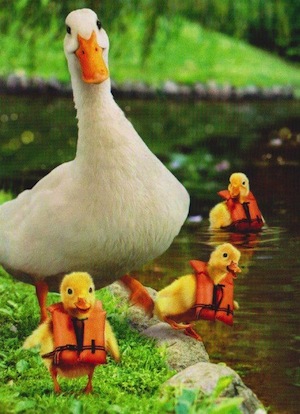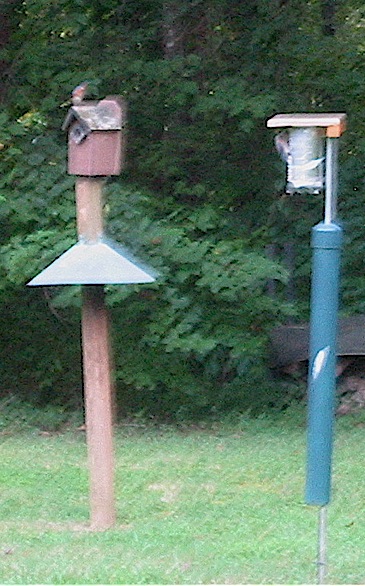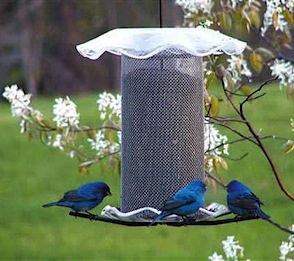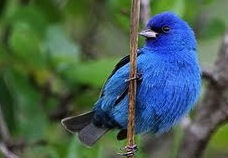-
To all the moms out there protecting babies and hogging wild bird feeders…
We Wish You a Very Happy Mother’s Day!
Whether they’re 2, 12, or 22, they’ll always be your babies, and we salute all Moms today!
It’s the innate characteristic of a mom… be she two-legged, four-legged, feathered, furred or finned. To protect her young, nurture and raise them to the best of her ability.
In the feathered sense, moms have been flat out obnoxious around feeders lately (dads too for that matter). The timid chickadee and titmouse who usually grab one worm and politely fly off, have been stuffing their beaks with as many worms as possible. Some fall to the ground but never go to waste as a few robins have learned this is a most popular hangout – below the mealworm feeder.
Frenzied feeding is in effect as nesting season is in full force. Babies, babies everywhere, and frantic parents are constantly hoarding wild bird feeders. Waiting almost until dusk, when just a few cardinals are left feeding, I sneak to the mealworm for Mrs. Phoebe. She doesn’t stand a chance with all those titmice and chickadees. Like a crazy person in the morning when starlings are spotted (one gulp and ALL the worms are gone) I go running outside, as tapping, no banging on the window no longer works. They try and shove their heads inside the bluebird feeder! Migratory visitors like cat birds and thrashers are even bigger pigs!! Bluebirds (with 5 nestlings) would rather not use their enclosed feeder, but they may learn to like it real soon!
Hey Dr. Seuss: usually timid now birds so bold – the bigger the beak the more it will hold 🙂
-
There’s more than one use for a squirrel baffle
… They’re not just for feeders!
That’s mom. bluebird feeding nestlings as dad looks on from his favorite perch – sorry about the poor photo quality. The houses appear closer than they really are, and there are two schools of thought on this: Pairing houses 10-15 feet apart will sometimes eliminate competition for the nest box, while the other is that bluebird houses should be at least 100 feet apart as they’re very territorial birds.
But this setup has seemed to work well in our yard over the years, as titmice or chickadees claim the wooden box, while bluebirds always go to the Gilbertson first. That’s actually a heat shield wrapped around the house, as temperatures were sweltering during the blue’s last brood. One of those car windshield heat deflectors… easy to cut and works perfectly!
Not only for feeders, a squirrel baffle offers protection for eggs and nestlings. Raccoons and squirrels are less likely to mess with babies inside a house if they’re baffled. Curiously puzzled and blocked! In all sizes and shapes, for poles, posts, or hanging, squirrel baffles work when used correctly. This entails sizing up any “horizontal launch point” which is just making sure the furry acrobats can’t jump sideways from anything that would allow access to the house or feeder. Remember the crafty critters’ sideways jumping capability is about ten feet!
-
wonderfully vibrant finch feeders
Spring migrations can bring the coolest birds around. Not that we don’t enjoy our resident bluebirds, cardinals, chickadees and other usual suspects, but there’s something really exciting when one of these migratory visitors graces your yard. When one thinks “finch” it’s commonly the house, gold, or purple finch (who’s more red than purple) that come to mind.
These blue birds happen to be finches too. Indigo buntings’ vibrant plumage is just as electrifying as goldfinches’ lemony hue is during peak summer season. You’ll find buntings at finch feeders, and honestly it’s hard to miss that color. They go for tiny seeds found in finch mixes, as well as nyjer (or thistle) seed.
Their visits are always brief with us, moving further north for suitable breeding grounds. Painted buntings may also be seen at finch feeders, but we’ve spotted them only one time. So maybe it’s not the feeders themselves that are so colorful, but the spring migratory birds who frequent them… be on the look-out!




